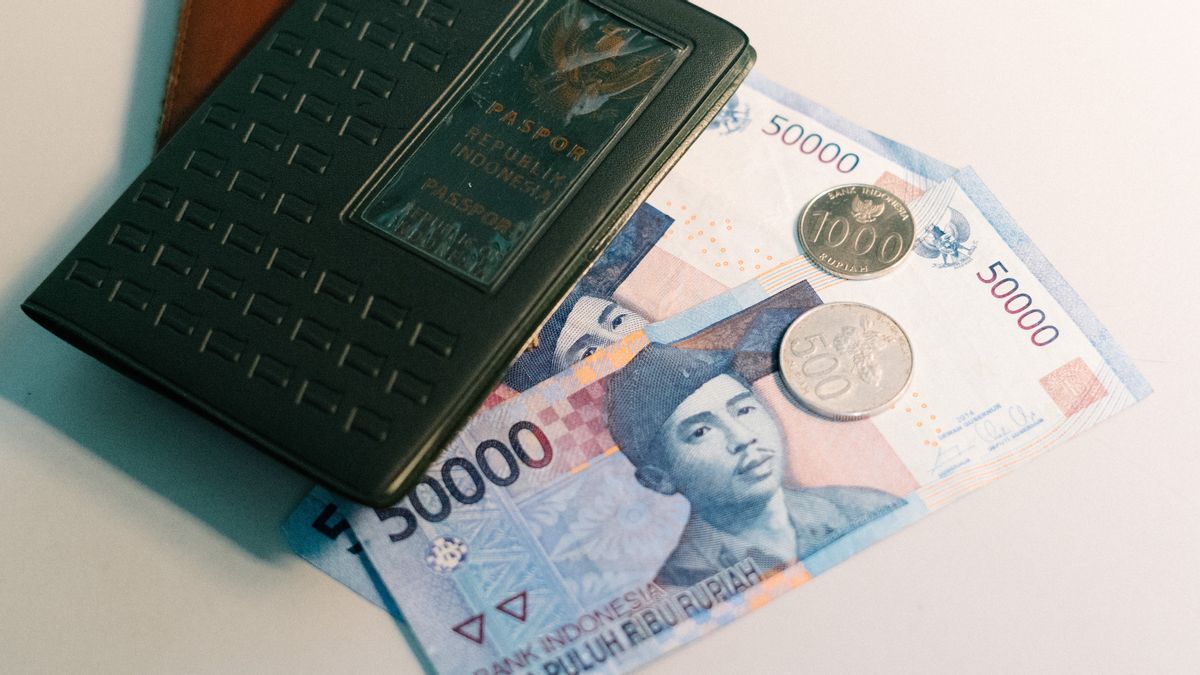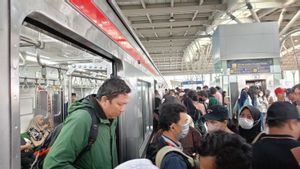JAKARTA - The war between Russia and Ukraine has made the trend of world oil prices continue to increase. Likewise the price of Indonesian crude oil or Indonesian Crude Price (ICP).
The Ministry of Energy and Mineral Resources (ESDM) reported that the temporary ICP development for February 24, 2022 was recorded at US$95.45/barrel.
"Temporary data on ICP February 2022 per 24 is 95.45 US dollars/barrel. For Brent oil prices, it is already more than 100 US dollars/barrel. Since ICP has risen above 63 US dollars/barrel (assuming the 2022 state budget), we continue to monitor and anticipate the impact. Not only the price of oil, but also the price of LPG such as CP Aramco," said the Head of the Communications, Public Information Service and Cooperation Bureau, Agung Pribadi, quoted Sunday, February 27.
This is because the increase in world oil prices will also affect the state budget. "The burden of subsidies, especially fuel and LPG, has also increased and could exceed the assumption of the 2022 state budget. Not to mention the cost of fuel compensation. But what is certain is that the government will continue to secure the supply of fuel and LPG," Agung added.
The increase in ICP causes the economic price of fuel to increase, thereby increasing the burden of subsidies for fuel and LPG as well as compensation for fuel in the state budget. Each increase of 1 US dollar per barrel has an impact on an increase in LPG subsidies of around Rp. 1.47 trillion, kerosene subsidies of around Rp. 49 billion, and fuel compensation costs of more than Rp. 2.65 trillion.
As is known, subsidies for BBM and 3 kg LPG in the 2022 State Budget are Rp. 77.5 trillion. The subsidy at the time of the ICP was 63 US dollars per barrel. In addition, the increase in ICP also had an impact on electricity subsidies and compensation, considering that there was still the use of fuel in power plants. Every increase in ICP by 1 US dollar per barrel has an impact on additional subsidies and electricity compensation of Rp. 295 billion.
In addition to the impact on the APBN, the increase in oil prices will also have an impact on other sectors, especially transportation and industries that consume non-subsidized fuel.
"The trend of rising world oil prices has raised the economic price of fuel," he added.
As an illustration, the range of non-subsidized fuel prices in several ASEAN countries, including Singapore Rp. 28,500/liter, Thailand Rp. 19,300/liter, Laos Rp. 19,200/liter, Philippines Rp. 18,500/liter, Vietnam Rp. 16,800/liter. , Cambodia IDR 16,500/liter, Myanmar IDR 15,300/liter.
The English, Chinese, Japanese, Arabic, and French versions are automatically generated by the AI. So there may still be inaccuracies in translating, please always see Indonesian as our main language. (system supported by DigitalSiber.id)









